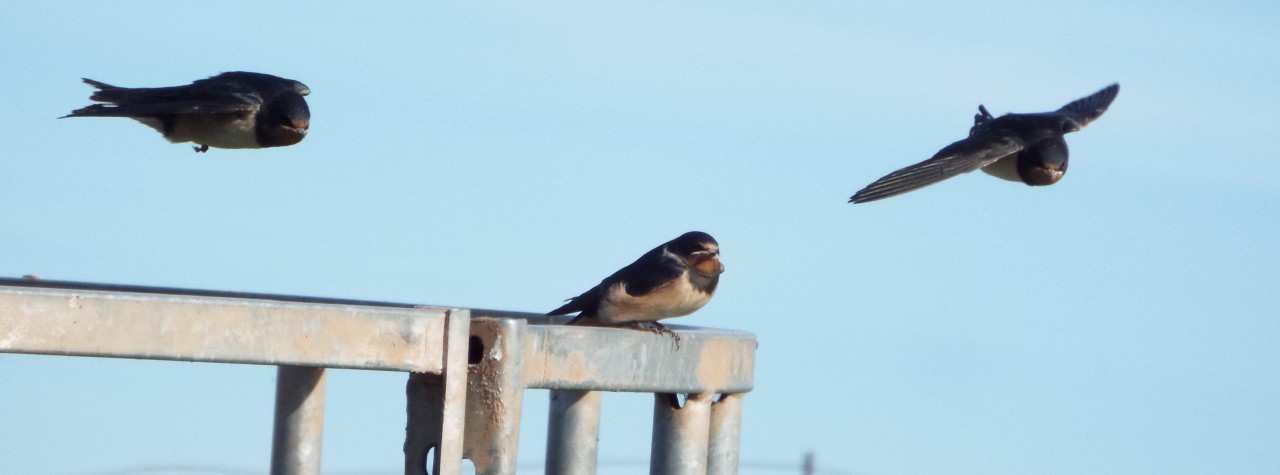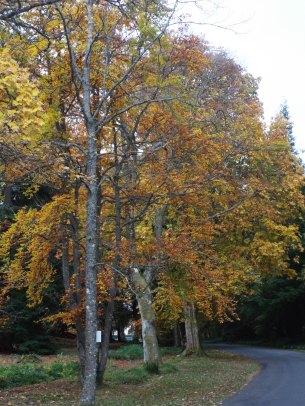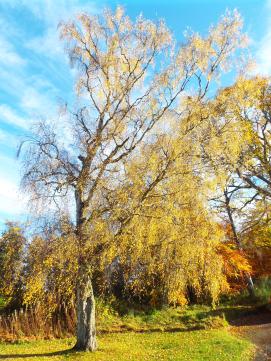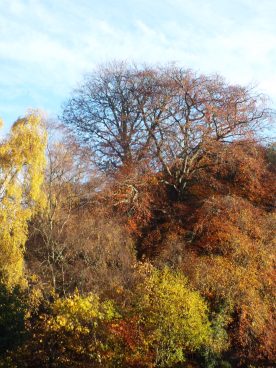I’ve been back from Belize for over two weeks now. On March 23rd, the day before we left, I went outside and around the fields, down to the pond. Most of the trees only had buds and there were only a handful of flowers, with the snowdrops having died for another year.
However, on arriving back, it was apparent nature had undergone a tremendous change while we were away. And it’s still getting greener! Here’s a few reasons I know we have reached Spring…
Daffodils in bloom
By now, the daffodils in most of England will have long since died away. But up in Scotland, the seasons take their time to reach us, and by now it’s still high time for the pastel yellow flowers synonymous with Spring.
In fact, it may already be past high time; I’ve already noticed some daffodils drooping and beginning to wilt. Meanwhile, the bluebells are beginning to be seen once again in the woods, as well as the oft-dismissed ‘weeds’, daisies and dandelions.
Resurgent invertebrates
Today I saw the first wasp of the year. I might come across as a bit sad, excited about seeing a wasp. I am actually strongly vespulaphobic, and spend most of the New Year being uneasy about seeing the first one. Yet the first wasp of the year cannot be ignored- it is a sign of the changing seasons. Besides, we need wasps: they provide a valuable service in predating caterpillars, leatherjackets and mayflies, and by keeping their numbers down, avoid a lot of our vegetation being overeaten.
Besides wasps, I’ve also seen a few bees; On Wednesday I saw a common carder and an early bumblebee. I still have yet to see a butterfly though.
The days are getting longer
When I came back home on April 12th, it was light outside at 8pm. By now, it’s still light outside an hour later than that! And the length of the daylight is showing no signs of abating!
Greenery
This is the most famous and supposedly most foolproof telltale marker of Spring comig. Only the elder bushes had leaves out when I left for Belize. Coming back showed such a marked change: the birch catkins were out, and the rowans, hawthornes, sycamores and raspberry plants all had new leaves. If is far lusher and greener now.
And I’ve saved the best till last…
Return of the swallows!
On going into Glenalmond on the 19th of April I came across at least 3 pairs of these birds. I’ve grown up with swallows, and its their return, more than anything else, that truly heralds the season of Spring for me.
And on the 21st of April, I could see one of them above the mean entrance to Front Quad, rebuilding its nest. Signs of things to come!
Here’s to Spring, and to Summer just around the corner!






